
This article was updated on August 26th, 2023
Check any pet nutrition blog and you will see pumpkin touted as a cure all for any digestive tract related illness. Soft stool (even diarrhea!), constipation, anal gland problems, weight loss. Pumpkin conquers all!
There is some truth to these claims, but pumpkin alone is not a cure for those problems. As a veterinarian, I have recommended pumpkin for all of those problems, including anal glands, but along with other treatment. The key to pumpkin’s efficacy for digestive tract problems is its fiber content.
How Does Pumpkin Help with Anal Gland Problems in Dogs?
The anal glands are two small glandular sacs located on either side of the rectum. Ideally, every time your dog has a bowel movement, a small amount of anal sac liquid is added to the feces. That liquid serves as a “Fido was here” signature. It also contributes to the less than pleasant smell of the stool.
If your dog habitually passes soft or even liquid stools, there is no pressure on the glands, and they don’t empty. Because pumpkin does have a high amount of fiber, it helps to firm up stool consistency. Firmer stool means a better chance of emptying the anal glands with each bowel movement.
Your Dog Is Scooting, Indicating a Possible Anal Gland Issue
Most families first become aware of an anal gland problem in their dog when he scoots his butt along your pristine white rug – leaving a line of dark, smelly residue. Or you might notice intense licking of his rectal area.
If you look under his tail, you might see a reddish, raised area where a gland is swollen and infected or if it has ruptured, an open, oozing sore. Anal gland secretions have a distinctive, foul odor and once you have smelled that you won’t forget it!
Our Advice: Combine Canned Pumpkin with Probiotics & Digestize Enzymes
Glandex is a product specifically designed to help with anal gland problems. It contains a probiotic and digestive enzyme to improve overall gastrointestinal health. A healthy gut will lead to normal stools. The pumpkin fiber is supported with apple pectin.
Aside from Glandex which is specifically designed for anal gland problems, there are numerous pumpkin based supplements and treats which are said to help with anal gland problems. In most cases, these treats and supplements don’t really contain enough pumpkin to make a difference.
If your dog just needs a tiny boost in fiber, they may help. For most dogs, while they will enjoy the snacks, there is not enough added pumpkin to make a difference. Obesity is considered to be a predisposing risk factor for anal gland problems, so too many of these treats could actually contribute to a problem if your dog is already chubby.
Ideally what you want to feed is PLAIN canned pumpkin – NOT canned pumpkin pie mix (The pie mix contains fat and sugar that your dog does not need). The plain pumpkin, such as Nummy Tum Pure pumpkin or your grocery store plain pumpkin is the version of choice:
Luckily most dogs like plain canned pumpkin and will eat it readily when added to their food. You need to consult your veterinarian as to how much to add for your individual dog. The amount can vary depending on your dog’s normal diet. You don’t want too much pumpkin, or it could interfere with the digestion and absorption of other nutrients. Pumpkin supplements are almost always labeled for “occasional” use, not long-term. The Tufts Nutrition service is not a fan of pumpkin (see article on Tufts site).
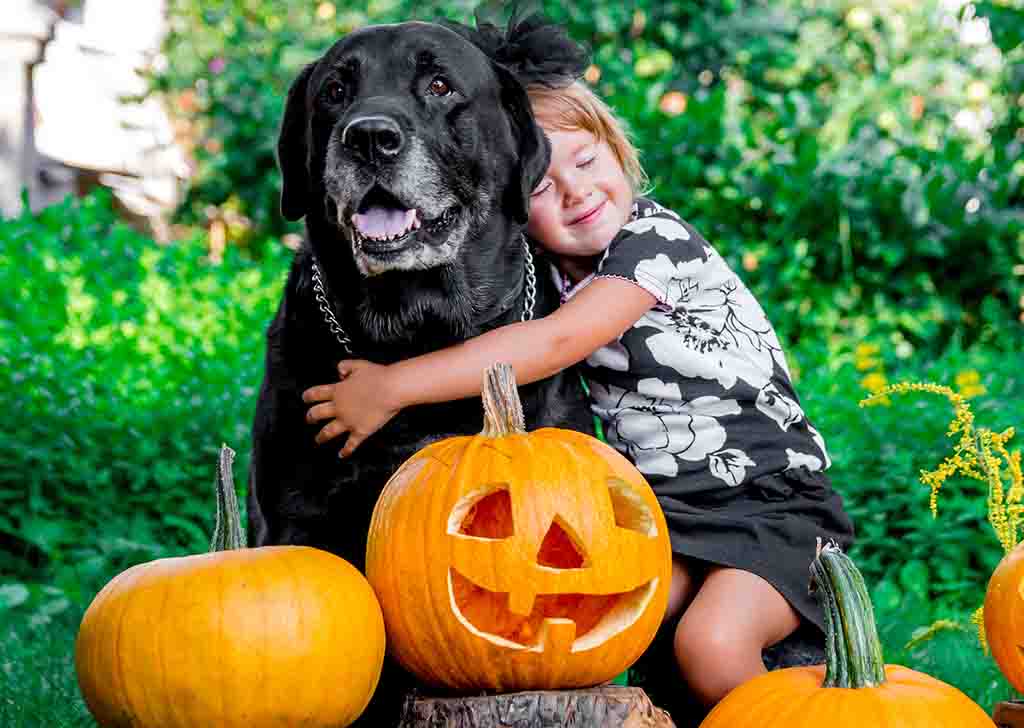
5 Tips to Help if Your Dog Has Anal Gland Problems
1. Start by keeping your dog active and fit.
Obesity and inactivity are two risk factors for anal gland problems. Add an extra walk or play time and keep track of your dog’s calories going in – be sure to count treats as well as his meals!
2. Try a high fiber diet.
Switching to a higher fiber diet may help some dogs with recurrent problems.
3. Try warm compresses.
If you notice your dog licking or see reddened areas, try holding a warm compress on the area under his tail for 5 to 10 minutes 2 or 3 times a day. The goal is to soften up and liquify the secretions so your dog can express them more easily. Be aware that this area can be very painful if the glands are impacted, so have a helper! Even a sweet dog may react if it is painful.
4. Try scheduling a “tech appointment” to keep costs down.
Many clinics will schedule anal gland expression as a “tech appointment” if your dog is a regular. That keeps the cost down. Expect to pay $25 to 40. Groomers often will include anal gland emptying as part of their services – there may be an extra fee, however. Infected or ruptured anal glands will require antibiotics to battle the bacteria involved and a veterinary visit.
5. Learn how to express your dog’s anal glands yourself
If your dog becomes a frequent visitor to the veterinary clinic to have his glands expressed, you can ask your veterinarian or one of the veterinary technicians to show you how to express the glands yourself.
Again, some dogs are NOT good about this, so be careful. You will most likely need someone to help hold your dog and you may even need a muzzle. This video can help. I would only recommend doing an external version at home:
Some dogs just don’t do well no matter what you try at home.
A last resort can be to have the anal sacs removed. A dog doesn’t “need” them for a healthy life. Removal is a delicate surgery as the rectal area where the glands are located also has the muscles and nerves used to control bowel movements. If any of these are damaged, your dog may become incontinent. Usually this is temporary, but it is possible to have permanent damage. Many veterinarians will refer these surgeries to a board-certified veterinary surgeon. This surgery can easily be up to $2000. General anesthesia is required.
Learn more about dog scooting and home remedies.
Related posts:
Disclaimer: This website's content is not a substitute for veterinary care. Always consult with your veterinarian for healthcare decisions. Read More.







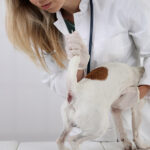

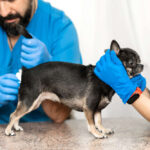


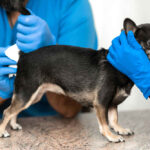
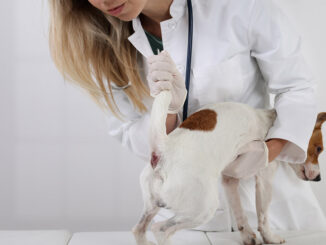
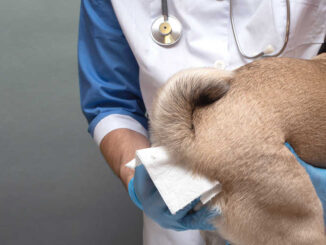
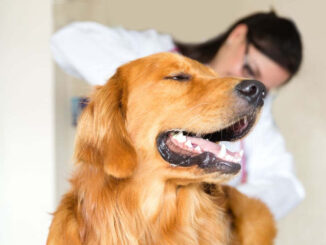
Be the first to comment